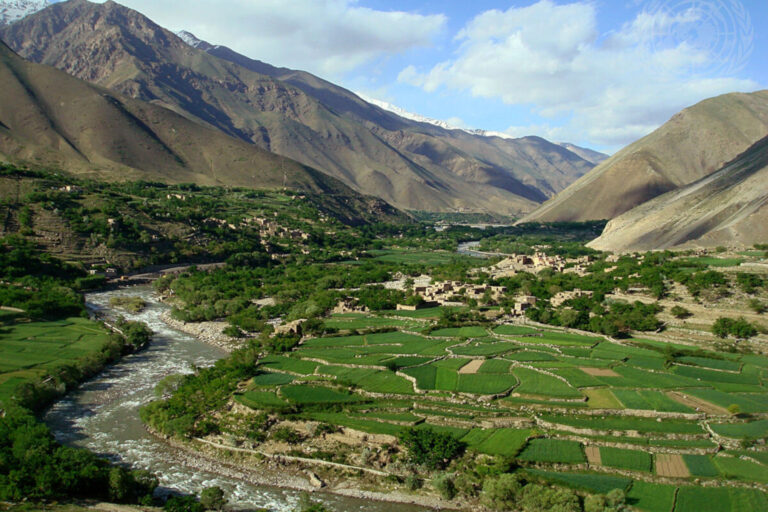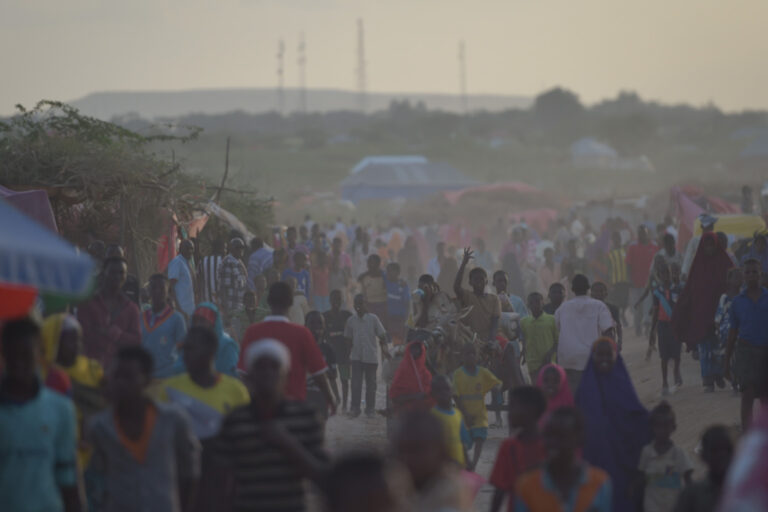Presentation by: Gerald E. Galloway, Professor, Department of Civil and Environmental Engineering, University of Maryland; Brigadier General, U.S. Army (Retired); Visiting Scholar, US Army Corps of Engineers Institute for Water Resources
Summary by Lindsay Steves, senior editor of the SAIS Review of International Affairs
On October 2, 2017, Gerald Galloway gave a presentation at SAIS on the challenges of adapting policy to deal with natural disasters and climate change. Galloway began his presentation by outlining the disasters that occurred in the United States and Puerto Rico recently, emphasizing Hurricane Harvey, Irma, and Maria. He argued that America’s performance in managing these crises shows that the United States is decidedly unprepared for natural disasters, especially in comparison to other developed countries. He further noted that many of the communities affected by the recent natural disasters cannot afford insurance, nor are they or their government representatives ready to contend with the long-term effects of such crises on neighborhoods and towns. In the United States, 40 percent of the infrastructure is crumbling. The lack of strong codes and regulations and older, dilapidated infrastructure are some of the crucial resilience issues in the United States. As discussed in Galloway’s presentation, measures of community resilience include the ability to withstand, adapt, reorganize, and recover from adverse events or shocks. Community resilience is also interrelated with resilience in financial structures/banks, government, infrastructure, communication, and health.
Discussing the tragedy in Puerto Rico caused by Hurricane Maria, Professor Galloway noted the degraded base condition of much of the infrastructure on the island, which worsened the effects of the storm. He directed the audience’s focus to a photo showing some of the devastation and remarked that many of the affected communities are in the hills, distant from the resources and services of larger cities, such as the capital of San Juan. The remote nature of these communities has hampered efforts to reach them and provide basic supplies and assistance.
He then transitioned into the main portion of his presentation on resilience. The twenty-first century has experienced a global population explosion that has placed considerable pressures on development, he said. The role of technology and data has also become more prominent. Professor Galloway noted that the acronym VUCA–volatile, uncertain, complex, and ambiguous–will be increasingly relevant for confronting the effects of climate change and natural disasters due to these two factors.
According to Galloway, with more natural disasters, such as hurricanes, occurring around the world, the United States ought to reevaluate both the likelihood of future disasters, as well as the potential effects of such disasters should they occur, particularly for regions that are prone to these events. Professor Galloway emphasized that it is morally incumbent to fully consider the effects of climate change when determining policy. Then he outlined all the factors that ought to be systematically improved and employed for greater disaster resilience, such as infrastructure, government, finance and banking, communication, and health. With a brief digression after the mention of health, Professor Galloway called attention to the effects of disasters on the sick and elderly. Without a proper evacuation plan and marked level of resiliency, the health records and data of the elderly may be lost during a natural disaster, causing additional damages.
Professor Galloway asked why communities would move back to a disaster zone after such an event has occurred––and is often likely to occur again. He remarked that one of the first things American leaders say after such events is that the communities will rebuild. He argued that the communities affected by natural disasters would be better served by relocating instead; however, there are barriers to implementing such a policy. He asserted that eminent domain is not a viable way to encourage relocation. He discounted the viability of relocation through buy-outs offered by organizations like the Federal Emergency Management Agency (FEMA) because they are voluntary. The only land planning coordinated by the Federal government is the National Flood Insurance program, which currently covers and benefits 5.1 million people. Galloway noted that the program is now deeply in debt because of Congress. Instead, Galloway recommended that climate change be considered a security concern as a means to elevate and improve its position in national discourse. If re-branded as a security concern, it may become easier to mobilize policies, resources, and coordinate short- and long-term efforts to combat climate change. The main discussion wound down with his emphasis on shared responsibility of floodplain management and coastal resiliency among the Federal, state, and local and impacted populations. Galloway ended the presentation by affirming that America must clearly determine its risk threshold and then adapt.



